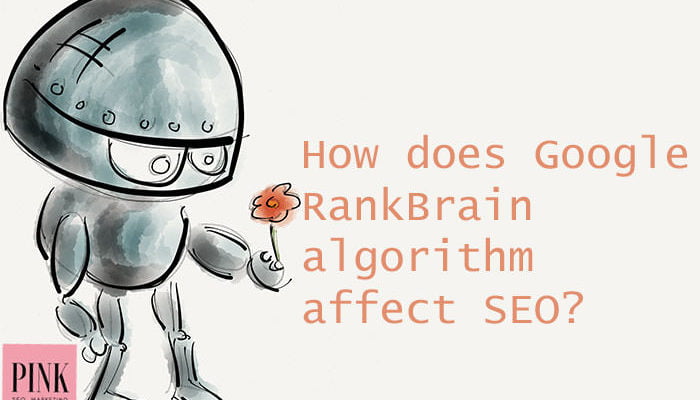How does Google Rankbrain algorithm affect SEO?
- Home
- Articles and Publications
- SEO Services
- How does Google Rankbrain algorithm affect SEO?
How does Google Rankbrain algorithm affect SEO?
Posted on November 27, 2017
0 Comment
We started explaining in our article on how to use local SEO for small businesses, how Google RankBrain is a self-learning algorithm that doesn’t need any human interference. By noticing relationships, it can actually determine whether different stories are on the same topic.
Every time you type a query, Google RankBrain tries to guess what you are looking for. It also tries to evaluate whether the output it gave in return was good or bad. I recently had the chance to watch a recording of the session of Omi Sido at the Benchmark Conference Search Conference 2017. In this session, he pointed to the CTR (click-through rate) as a criterion for the machine learning to understand human search intent. This ties in perfectly with our article on How to develop a Content Marketing strategy with “unicorn” ambitions.
If a search result returned by Google is not relevant to someone’s query, people will not click on it. The better your CTR is, the better your relevance score and your chances for a good ranking in the SERPs are.
How to view your web pages CTR, an important value for Google RankBrain
In SEO and in organic search we don’t have any kind of “Relevance Score”. But if you log into your Google Serch Console, and select Search Analytics data on your left side (under Search Traffic) you will be able to check your CTR scores.

You will also be able to see clicks, impressions, position through all queries, pages, and much more. These are very important pieces of information about your site that you just can’t ignore.
If you plot CTR versus Position, you will be able to view the queries that are below your average click-through-rate. Those pages are probably in danger of being pushed back from ranking by Google RankBrain. On the other hand, the ones which are on top of your average CTR may actually get a boost in the future from Google RankBrain.
To improve the click-through-rate, relevance is once again key. But if this was enough, then all those click-bait title tags that “force” the user to click on the title would do the job. Luckily, manipulative SEO seems to keep declining, but after the user clicks, other checkpoints are in place – bounce rate and dwell time. Google RankBrain will consider a page with a high bounce rate as bad output (see Why is the User Experience one of the first SEO Ranking Factors).
In June 2015 Google explained this intention in the patent they filed, called Modifying search result ranking based on implicit user feedback and a model of presentation bias, specifically in the paragraph which says:
“training a model using the obtained information, wherein the model is trained to predict a click-through rate based on input comprising the one or more presentation bias features and the one or more relevancy features”.
People are the problem and the solution. RankBrain is learning from your audience. So listen to your industry and to your audience in the same way as Google does. Understand it and write for them. You will make Google RanBrain happy, and even better, you will make your prospective clients happy.
If you want our assistance with your Search Engine Optimisation goals, just contact us. We’ll be delighted to evaluate your situation and plot a course to improve traffic and conversion for you.


